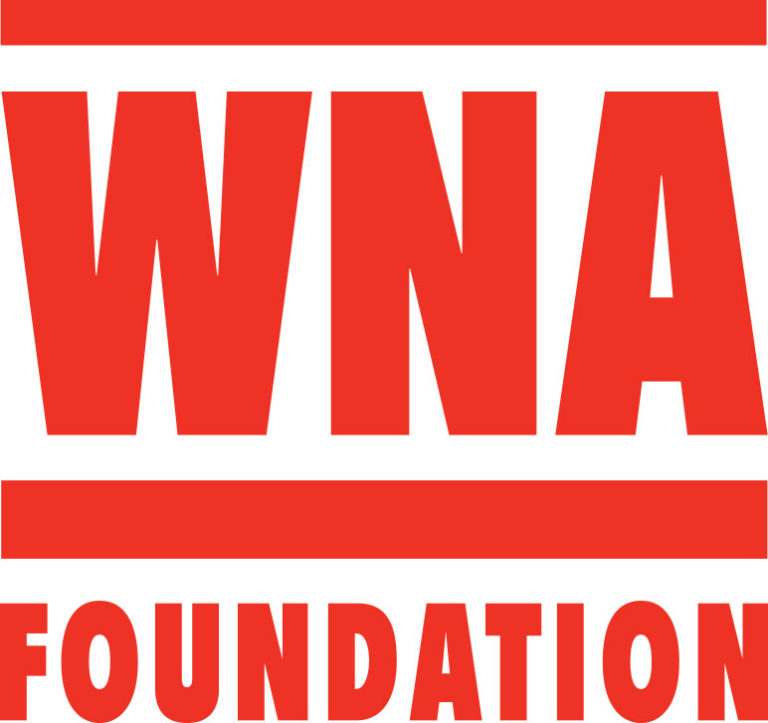Weekly Fiscal Facts are provided to Wisconsin Newspaper Association members by the Wisconsin Policy Forum, the state’s leading resource for nonpartisan state and local government research and civic education. The Wisconsin Policy Forum logo can be downloaded here.
Wisconsin towns have leaned more heavily on property tax revenues to fund local services in the past three decades as state aid increases have slowed and town borrowing has risen to record levels.
This heightened reliance on property taxes comes as challenges have arisen to towns’ traditional workforce of local volunteers and relatively low-paid workers — especially in areas such as fire and EMS services. And increased borrowing levels come despite the fact that towns are putting a smaller share of their overall spending into their traditional core priority: road maintenance and construction.
In recent decades, Wisconsin cities and villages faced mounting financial pressures as state aid stagnated and state limits on local property taxes tightened. Towns have been buffeted by the same headwinds.
Towns in Wisconsin differ from other municipalities in that only cities and villages have broad powers under the state Constitution to provide a wide range of services. Towns can perform only certain functions such as road maintenance and construction. There are 1,248 towns in Wisconsin, and in 2020, about 1.6 million people lived in them — 27.8% of the state’s population.
Key findings about town finances include:
- In 1990, property taxes made up 36.8% of general revenues for Wisconsin towns while state aid accounted for 45.1%. By 2020, property taxes made up 48.2% of general revenues for towns and state aid only 30.3%.
- The debt backed by towns’ full taxing power rose by 44.7%% between 2014 and 2020 to $472.3 million. After adjusting for both population and inflation, town debt now stands at record levels.
- In 1990, towns received $76.2 million in state shared revenue payments. Adjusted for inflation, that equals $150.9 million in 2020 dollars. By 2020, that amount dropped to $55.8 million.
- Road aids have become the most important form of state aid to towns, rising from $56.2 million in 1990 ($111.3 million in 2020 dollars) to $184.7 million in 2020. State aid overall has kept pace with rising consumer prices due to inflation over the past 30 years, though certain costs for towns, such as for road construction, have risen more quickly.
- In 1990, towns across Wisconsin devoted 47.8% of their operating and capital spending to road maintenance and construction. By 2020, the percentage had dropped to 43%.
- Towns have increased the share of their budgets going to fire and emergency medical services from 10.9% in 1990 to 13.1% in 2020. That may reflect, at least in part, trends we highlighted in previous reports: an aging population leading to more medical emergencies as well as challenges in finding firefighters and EMS workers.
The report concludes that towns’ increased reliance on the property tax has left them more exposed to the impact of state limits on local property tax increases. Those impacts are even greater for towns given their lower levels of net new construction – the metric used to set the state caps on levy increases. Meanwhile, increases in both borrowing and debt payments for towns now pose a potential threat moving forward as interest rates rise.
For now, federal pandemic aid will provide one-time support for towns. Going forward, policymakers may wish to consider new budgetary options for towns. Potential solutions include helping them share or consolidate services with other local governments, find new sources of revenues, or other efficiencies.
This information is provided to Wisconsin Newspaper Association members as a service of the Wisconsin Policy Forum, the state’s leading resource for nonpartisan state and local government research and civic education. Learn more at wispolicyforum.org.



